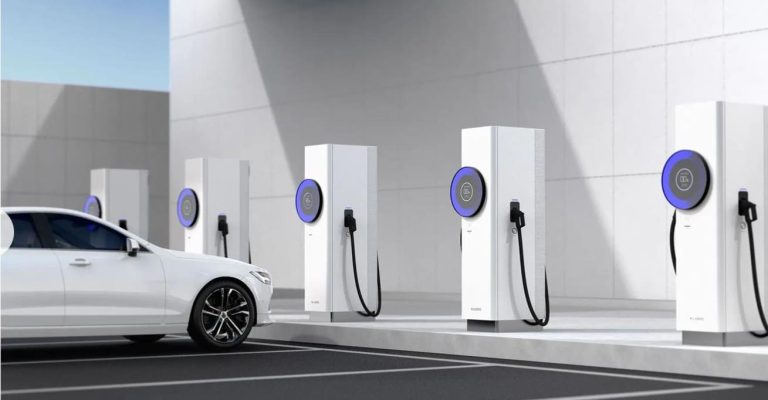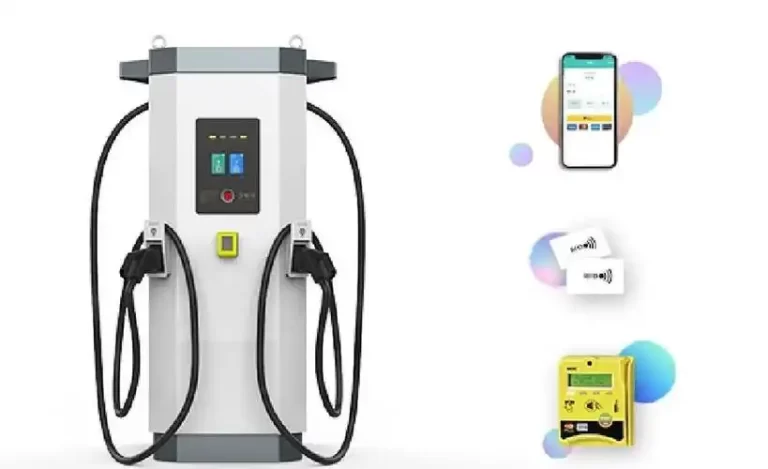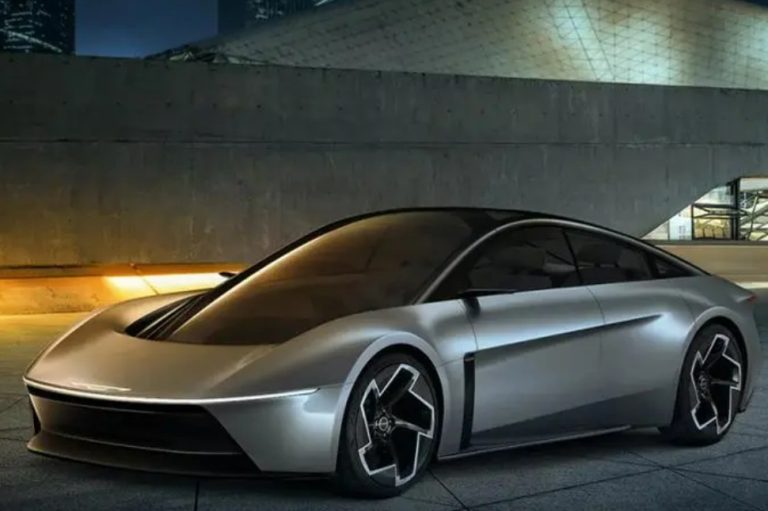How many amps for ev charger?

How Many Amps for an EV Charger?
There is no one set value for an electric vehicle (EV) charger’s amperage; rather, it varies greatly depending on the charger’s type, power rating, and the particulars of the car’s battery system. Simply put, amperage (amps) is a measurement of electrical current flow, and it has a direct impact on how quickly the battery of your EV can be charged. Though it must be carefully matched to the capabilities of your home’s electrical system and your vehicle’s onboard charging equipment, the higher the amperage, the faster the charge. To choose the best charger for safe and effective operation, it is essential to comprehend this balance.
The most common type of charger for daily use is the Level 2 AC charger, typically installed at homes and workplaces. The amperage for these units is a primary factor in determining their charging speed. Most standard home Level 2 chargers operate on a 240-volt circuit, similar to what powers an electric dryer or oven. The amperage of these chargers usually ranges from 16 amps to 50 amps. A very common and cost-effective installation is a 32-amp charger on a 40-amp circuit, which delivers about 7.7 kilowatts (kW) of power. This can add roughly 25-35 miles of range per hour of charging, which is perfectly sufficient for overnight charging for nearly all drivers. For faster home charging, some units can draw 48 amps or even 80 amps, but these require a more robust and expensive electrical setup, such as a 100-amp dedicated circuit. It is crucial to note that the circuit breaker and wiring must be rated for 25% more than the charger’s continuous draw; a 40-amp circuit is required for a 32-amp charger to meet electrical code safety standards.
The other category is DC Fast Chargers (DCFC), which are found at public charging stations and are used for long-distance travel. These chargers bypass the vehicle’s onboard charger and deliver DC power directly to the battery at a much higher voltage and amperage. Here, amperage figures are substantially higher, often ranging from 100 amps to over 800 amps. This is why they can add hundreds of miles of range in under an hour. The actual amperage a vehicle receives at a DCFC station is determined by a complex negotiation between the vehicle’s Battery Management System (BMS) and the charging station. The BMS will request the maximum current and voltage that the battery can safely accept at that moment, based on its temperature, current state of charge, and overall health. Therefore, even if a station is capable of delivering 500 amps, your car might only accept 300 amps if its battery is cold or nearly full.
A critical and often overlooked factor that dictates the actual charging amperage is the vehicle itself. Every electric vehicle has an onboard charger (OBC) that converts AC power from Level 1 and Level 2 sources into DC power for the battery. The rating of this OBC, measured in kilowatts, creates a hard ceiling for AC charging speed, regardless of how powerful the external charging station is. For example, if a car has a 7.7 kW onboard charger (compatible with 32-amps at 240V), plugging it into a powerful 19.2 kW (80-amp) station will not make it charge faster; it will still only draw a maximum of 32 amps. Furthermore, the vehicle’s Battery Management System is the ultimate guardian of the battery. It continuously monitors temperature and other parameters and will reduce the accepted amperage to prevent damage. This is why charging slows down significantly after the battery reaches 80% capacity and why a cold battery charges much more slowly until it warms up.
The capacity of your home’s electrical system is the most crucial factor to take into account when installing a home charger. A qualified electrician must inspect your main electrical panel before installing a high-amperage charger, such as a 48- or 64-amp unit. Without expensive upgrades to the main panel or utility service line, older homes with 100-amp or 150-amp service might not have the spare capacity to accommodate a large new charger. A 32-amp or 40-amp charger offers the best combination of charging speed and installation cost for a lot of households. For practically all EVs on the market, it provides a full battery overnight without requiring a significant electrical overhaul.
In conclusion, the question of how many amps an EV charger uses has no universally accepted solution. Amperage usually ranges from 16 to 80 amps for home AC charging, with 32 to 40 amps being the most popular and sensible option for striking a balance between cost and speed. The vehicle intelligently limits the actual flow to ensure battery longevity and safety, even though amperage can reach hundreds for public DC fast charging. The best course of action for an EV owner is to learn about the onboard charging capabilities of their car, have a qualified electrician assess the electrical capacity of their house, and select a charger that offers enough overnight charging without necessitating costly and time-consuming infrastructure upgrades.





































































































































